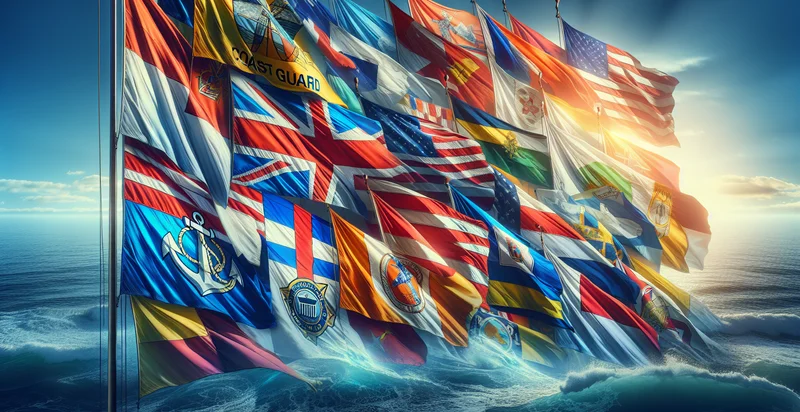Identify signal flags
using AI
Below is a free classifier to identify signal flags. Just upload your image, and our AI will predict what signal flag it is - in just seconds.

Contact us for API access
Or, use Nyckel to build highly-accurate custom classifiers in just minutes. No PhD required.
Get started
import nyckel
credentials = nyckel.Credentials("YOUR_CLIENT_ID", "YOUR_CLIENT_SECRET")
nyckel.invoke("signal-flags-identifier", "your_image_url", credentials)
fetch('https://www.nyckel.com/v1/functions/signal-flags-identifier/invoke', {
method: 'POST',
headers: {
'Authorization': 'Bearer ' + 'YOUR_BEARER_TOKEN',
'Content-Type': 'application/json',
},
body: JSON.stringify(
{"data": "your_image_url"}
)
})
.then(response => response.json())
.then(data => console.log(data));
curl -X POST \
-H "Content-Type: application/json" \
-H "Authorization: Bearer YOUR_BEARER_TOKEN" \
-d '{"data": "your_image_url"}' \
https://www.nyckel.com/v1/functions/signal-flags-identifier/invoke
How this classifier works
To start, upload your image. Our AI tool will then predict what signal flag it is.
This pretrained image model uses a Nyckel-created dataset and has 33 labels, including Alpha, Bravo, Charlie, Delta, Diversity, Echo, Emergency, Foxtrot, Golf and Health.
We'll also show a confidence score (the higher the number, the more confident the AI model is around what signal flag it is).
Whether you're just curious or building signal flags detection into your application, we hope our classifier proves helpful.
Related Classifiers
Need to identify signal flags at scale?
Get API or Zapier access to this classifier for free. It's perfect for:
- Maritime Safety Monitoring: The 'signal flags' identifier can be utilized in maritime environments to automatically classify and interpret communication flags used by vessels. This can enhance situational awareness and ensure that ships adhere to safety regulations while navigating busy waters.
- Search and Rescue Operations: Emergency responders can leverage the false image classification function to identify signal flags being used in search and rescue operations. This can expedite the process of locating individuals in distress by accurately interpreting the signals being deployed.
- Training and Simulation Tools: Educational institutions and maritime training centers can incorporate this function into simulation tools to help students recognize and understand nautical signal flags. This enhances learning experiences by providing real-time feedback on flag identification and classification.
- Fleet Management: Shipping companies can integrate the function into their fleet management systems to monitor and analyze vessels’ use of signal flags during voyages. This can ensure compliance with maritime communication protocols and reduce the risk of miscommunication.
- Port Operations Optimization: Ports can utilize the signal flag identifier to streamline communication between ships and port authorities. By automating the classification of signal flags, port operations can reduce delays caused by misinterpretations, leading to smoother docking and cargo handling processes.
- Recreational Boating Apps: Developers of recreational boating applications can incorporate this function to provide boaters with real-time flag identification tools. This capability can enhance safety and education, helping users to understand and respond to signal flags appropriately while navigating waterways.
- Historical Research and Preservation: Historians and archivists can use the false image classification function to analyze historical imagery that includes maritime signal flags. By accurately identifying these flags, researchers can gain insights into historical maritime practices and communication methods, aiding in the preservation of maritime heritage.


